Forget fancy beds and room service – at Everest Base Camp, your nights are an adventure in themselves! But unlike comfortable lodges in Kathmandu, it is simply about providing warm beds for the tired trekkers. But fear not; these are not huts in the woods. Picture cozy tea houses operated by hospitable people who give all you require to replenish your energy for the next day’s hike.
As you enjoy a long day at the scenic wonders, a beautiful tea house in the mountains makes you unwind. It is ready to take you on meals, hot tea cups, and everything you need to start a new journey. Your room may not be grand, but it is tidy and compact – exactly where you need to be when you want to lie low and contemplate on whatever majesty is out there waiting for you, perhaps through the window.
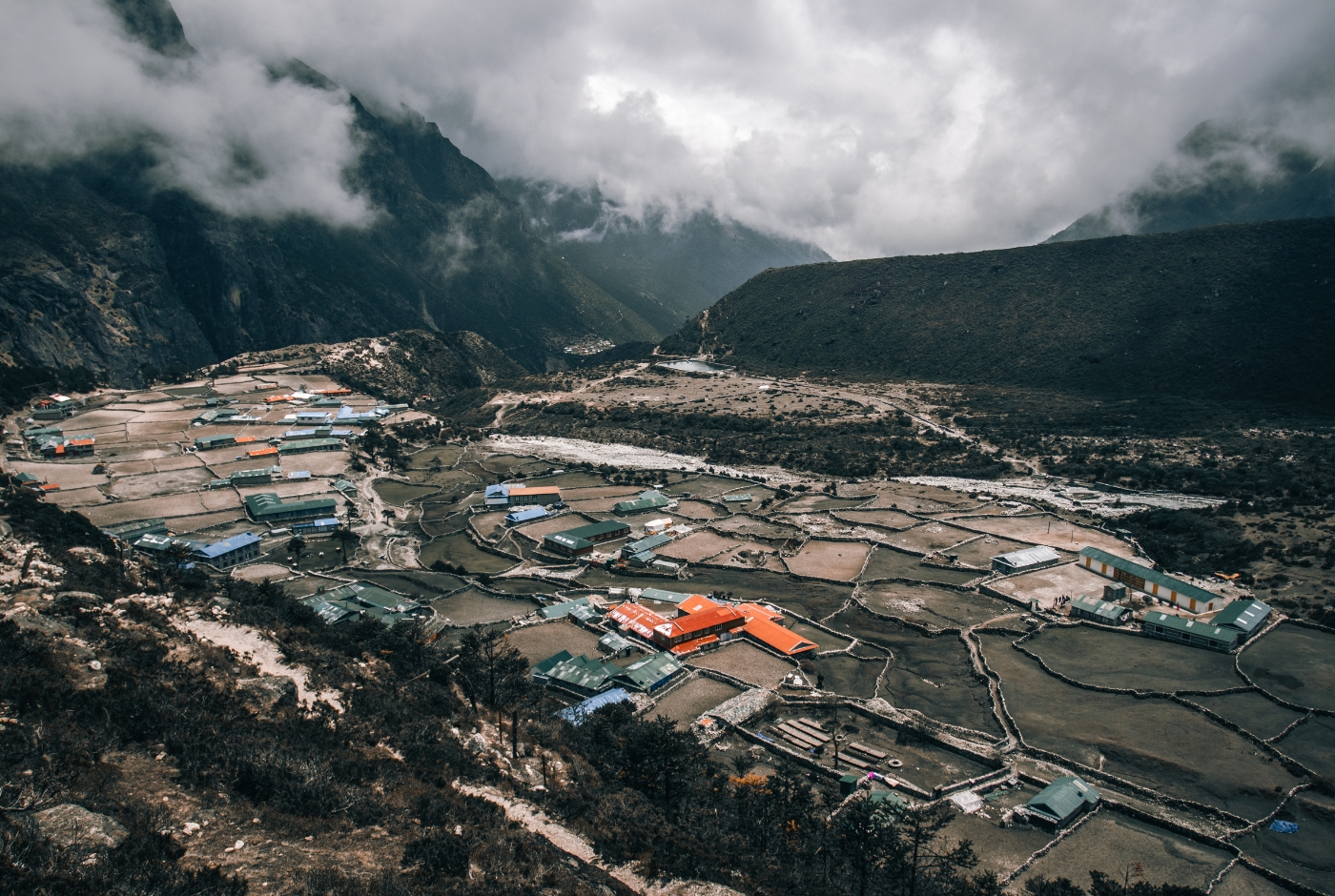
But here's the deal: Finding the best teahouses can sometimes be challenging, particularly during the peak seasons. This is why, if anyone wants to explore the nation’s most beautiful places on foot, joining the Nepal Hiking Team for a guided walk is better. We will take responsibility for looking for comfortable places for you, and you will enjoy the beautiful scenery; there is no need to look for a bed. That is why it is said that for those intending to face high altitudes, a good night’s sleep is necessary. More important is having well-rested legs and a joyful spirit, making your EBC trek safer and more fun!
Everest Tea Houses
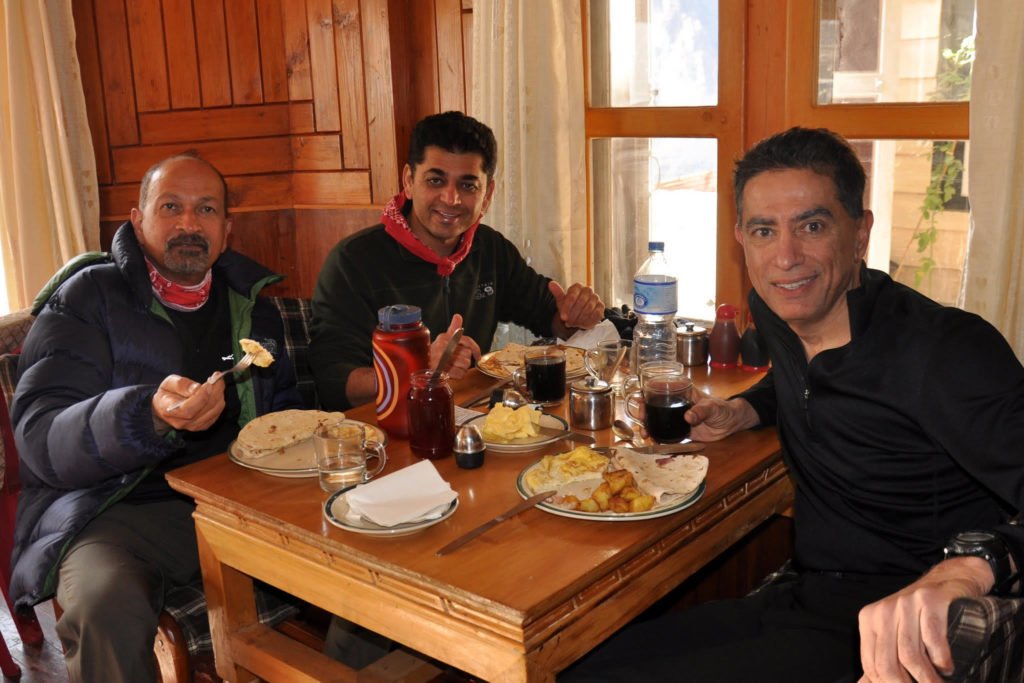
Everest Base Camp swaps fancy hotels for cozy teahouses and small lodges run by Sherpa families. These essential establishments offer a place to sleep, beds, and blankets for a comfortable night's sleep. The gathering area is the dining room, featuring a fireplace where adventurers socialize and become friends while savoring Sherpa foods.
While walking around the tea gardens, you may see simple lodges with private rooms and attached washrooms at a low altitude, but things become basic at the upper altitudes. You may have to share a room with others and have limited hot water. If you wish to have additional such as a facilities hot water shower or internet access, you need to pay extra cost. However, the real treasure is the process itself – the chance to live a simple life, be friends with both locals and fellow travelers, and enjoy breathtaking views of the mountains of the Himalayas.
Luxury Accommodations in the Everest Route
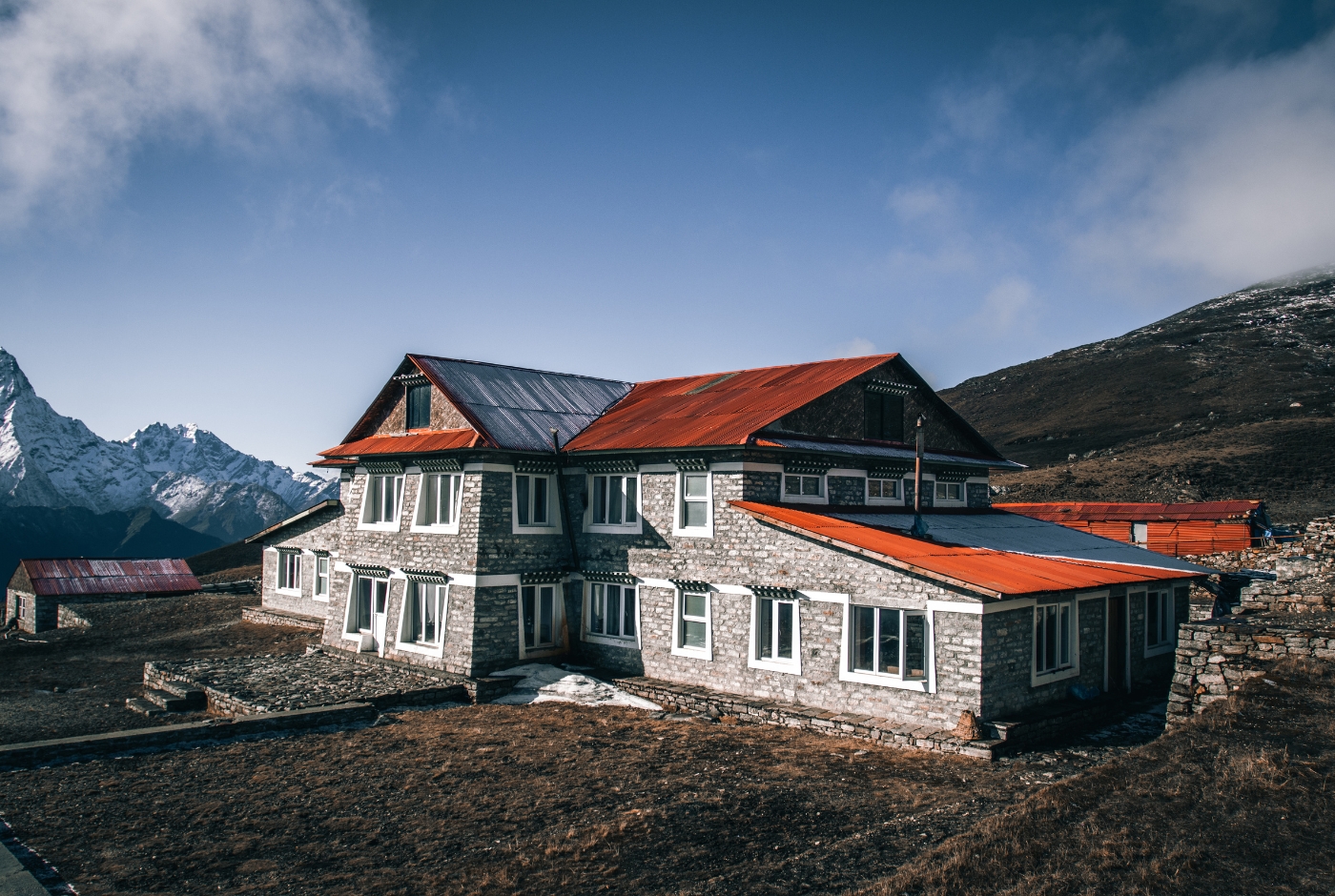
While on a classic Everest Base Camp trek, meals and accommodations are available at cozy teahouses. Nevertheless, for those looking for a bit more glamour, luxury accommodation is now available as well. These lodges provide basic facilities such as private individual bedrooms with en-suite washrooms, hot showers, comfortable beds, and even, in some places, an internet connection. Well, yes, they may be a bit expensive compared to the teahouses, but for those wishing to take some comfort on their trek, it is more or less worth going for.
Note that such luxury lodges can be fully booked at any time of the year, including during periods considered as off-peak seasons. However, arranging and securing lodging early is advisable if you're interested in one. In that way, you will have the trekking experience and the luxury of the lodge simultaneously.
Camping along the EBC
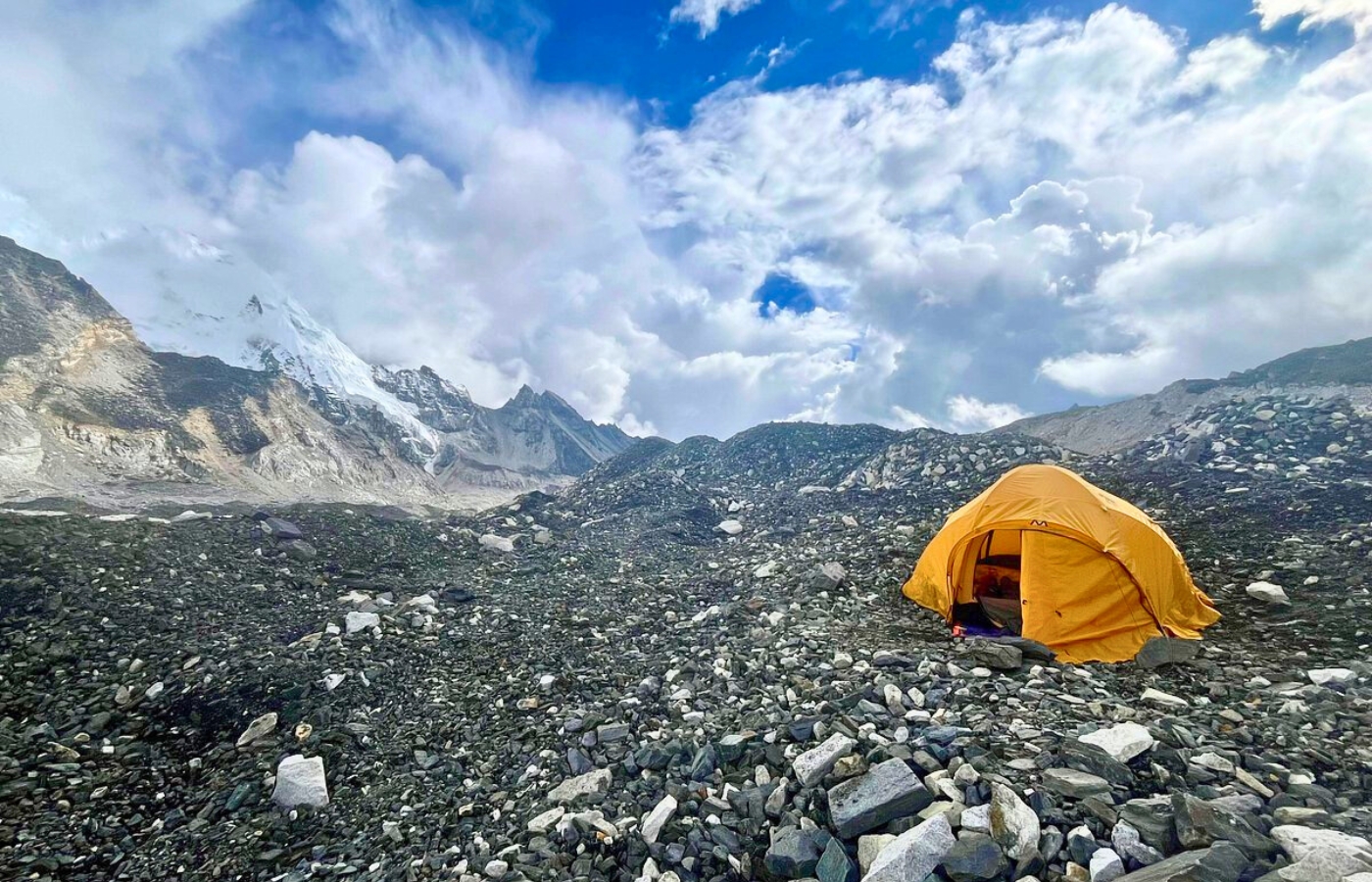
Sleeping under the grand Himalayas might sound nice, but camping isn't common on the Everest Base Camp trek. Here's why:
First off, there are plenty of cozy teahouses along the way. They give you a comfy bed and tasty meals, which most trekkers prefer.
Secondly, you can't just set up camp anywhere. You need permits and can only camp in specific spots. This limits where you can stay.
Lastly, camping can be pricier than you'd think. You have to pay for permits and sort out logistics, which adds up fast.
So, while camping might seem fun, most people opt for the comfort and convenience of teahouses along the Everest Base Camp route.
Accommodation in Lukla
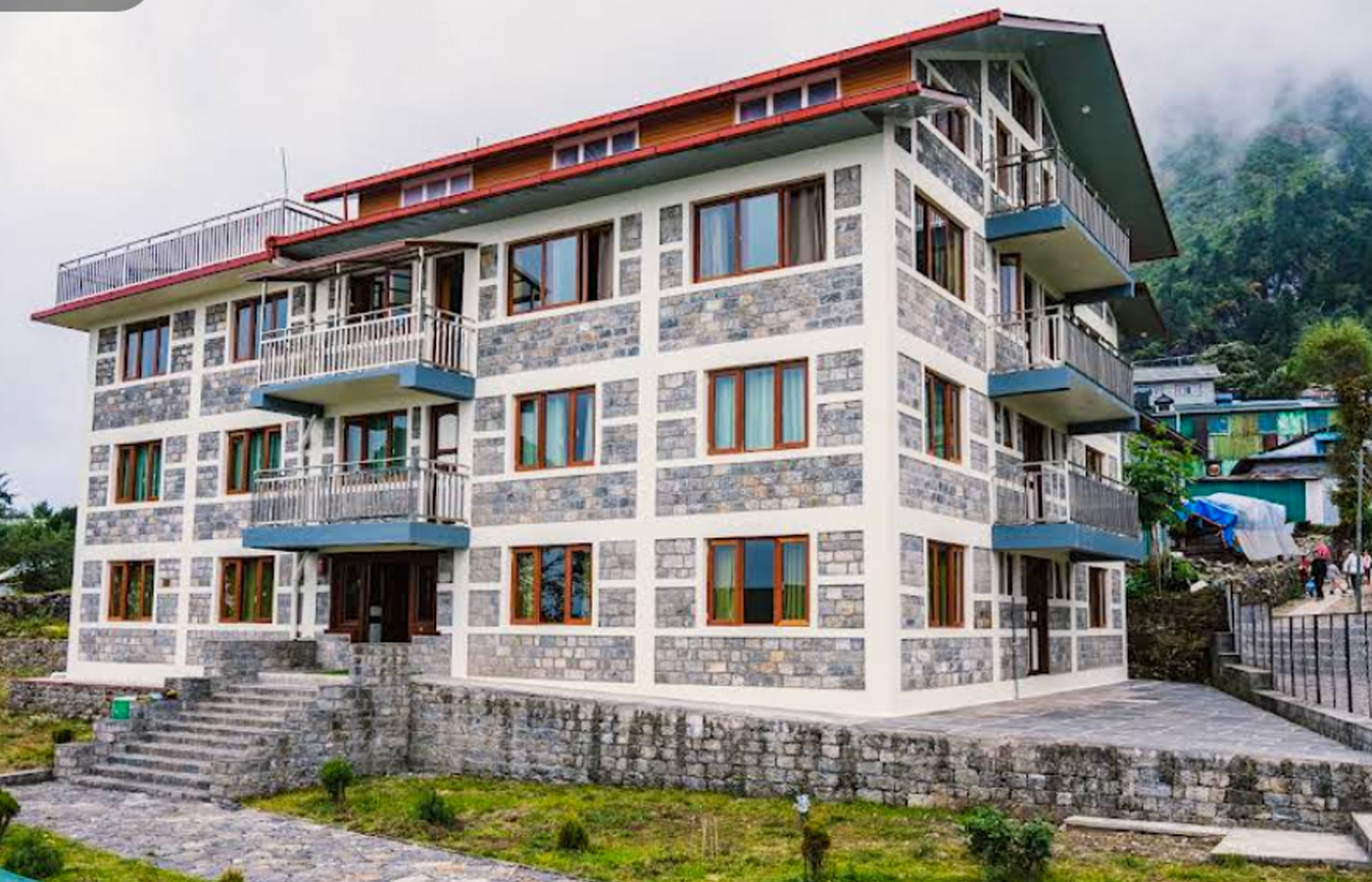
Lukla is a small town in northeastern Nepal, known as the starting point for Everest treks at a height of over 2600m. Despite its tiny population of under five hundred, it attracts many trekkers daily. Why? Because it's the gateway to exploring Everest's trekking route.
Teahouses are the go-to stay here. These cozy spots run by locals offer basic rooms with twin beds and shared bathrooms. Plus, there's a communal dining area for swapping stories over hot tea.
If you're after more comfort, Lukla has mid-range lodges with private rooms and attached bathrooms. Some even have luxuries like hot showers and Wi-Fi.
For those craving luxury, Lukla has a few high-end hotels. Picture well-furnished rooms with heaters, perfect after a long trek. These hotels ensure a comfy and memorable stay.
Some of the famous teahouses/guesthouses and luxurious hotels include Himalayan Lodge, Budhha Lodge, Everest Inn, Kongde Peak Guest House, The Nest Hotel, and others.
Accommodation in Phakding
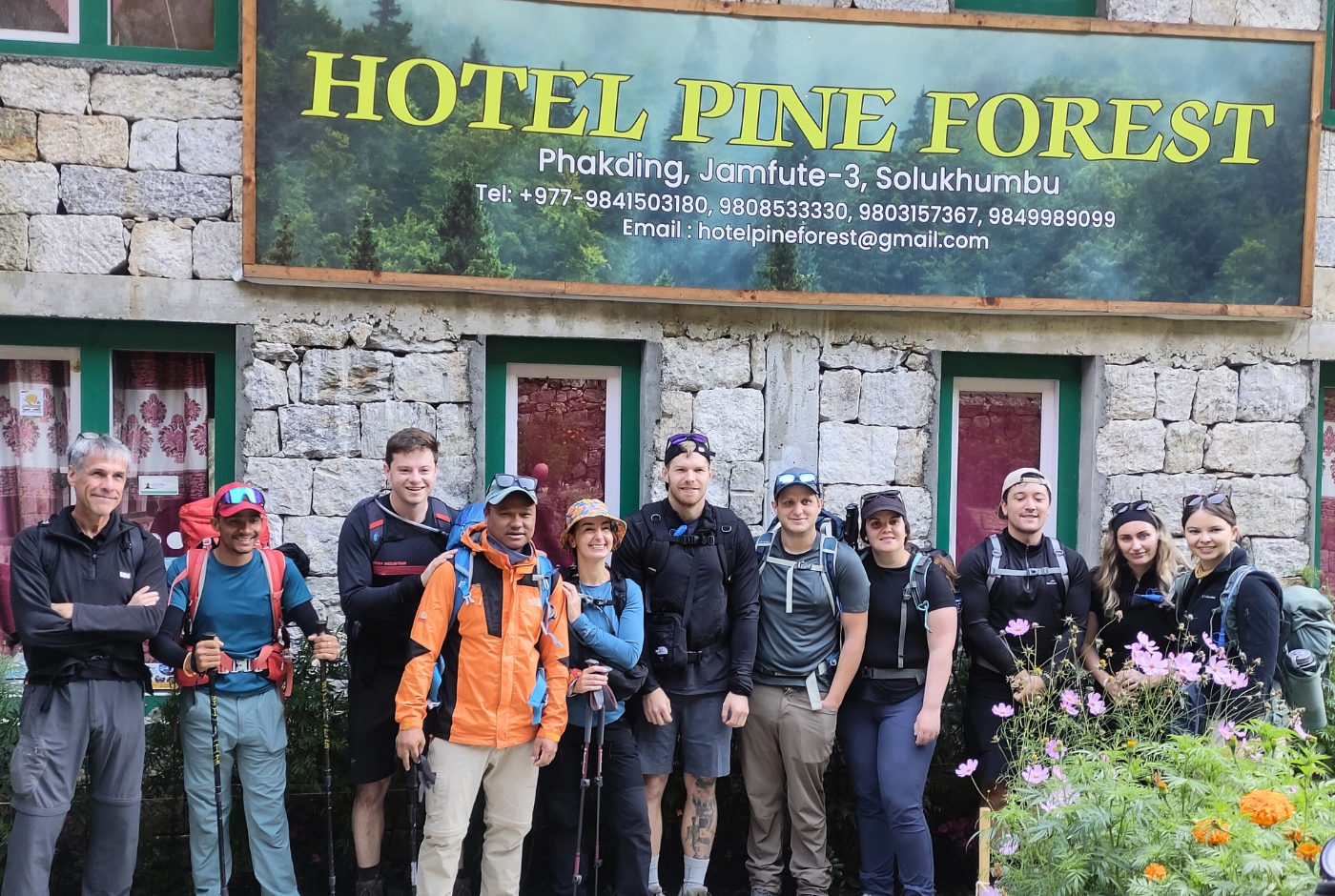
Phakding, your first stop on the Everest Base Camp trek, has cozy teahouses for accommodation. These simple lodges offer twin-bedded rooms with blankets and pillows and shared bathrooms with squat toilets. For a bit more comfort, some lodges provide private rooms with attached bathrooms and hot showers, often for an extra cost.
Phakding caters to different budgets and preferences, with some teahouses having rustic charm and others offering more modern amenities. Despite the lack of luxury, Phakding's beauty lies in its simplicity, letting you rest and connect with fellow trekkers before continuing your journey. Popular options include Pine Forest, Sherpa Guide Lodge, Panorama Lodge, Shangri–La, Buddha, Hotel Sherpa, Yeti Mountain Home, and more.
Accommodations in Namche Bazaar
Namche Bazaar is at 3,440m altitude, which makes it a famous landmark among trekkers en route to the unbelievable Everest base camp. The well-shaped crescent-shaped terrain affords breathtaking views of the surrounding mountains. Trekkers have to spend at least two nights in Namche for acclimatization during the going-up phase and one on the way-back phase. Three nights’ stay is also required for shorter Everest treks.

The village, the largest commercial center in the Everest region, offers various accommodation facilities for travelers, depending on their standards. Additional hotel facilities include rooms with bathrooms, sitting areas, balconies, electric blankets, room heaters, and free Wi-Fi.
The world’s highest hotels, like Hotel Everest View, offer facilities like bathrooms, sitting areas, balconies, and free Wi-Fi. On average, mid-range hotels offer several accommodations, from standard ones to superior deluxe rooms with their own bathrooms or shared access. There are advanced teahouses and minimum facilities with Twin beds and single beds, pillows, and blankets.
Everest Base Camp Hotel
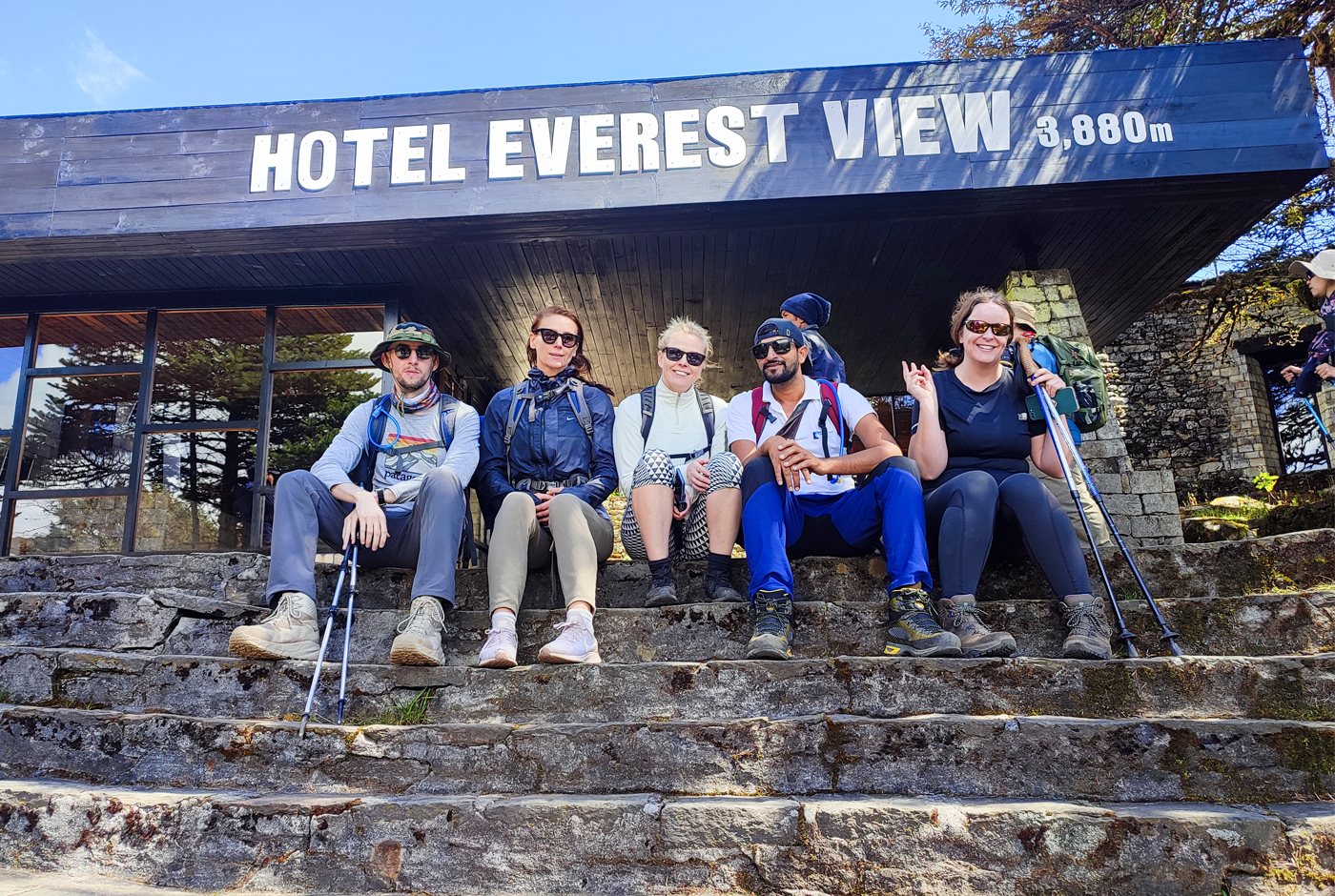
There are listed hotels where one can easily book a room, namely Hotel Namche, Hotel Khangri, Mountain Lodges of Nepal, Sona Lodge and Restaurant, Hotel Tibet, Yeti Mountain Home, and Everest View Hotel. All Trekkers can feel comfortable with all the services available in Namche Bazaar, and it's bound to be an unforgettable experience. Hotel Namche
Accommodation in Tengboche
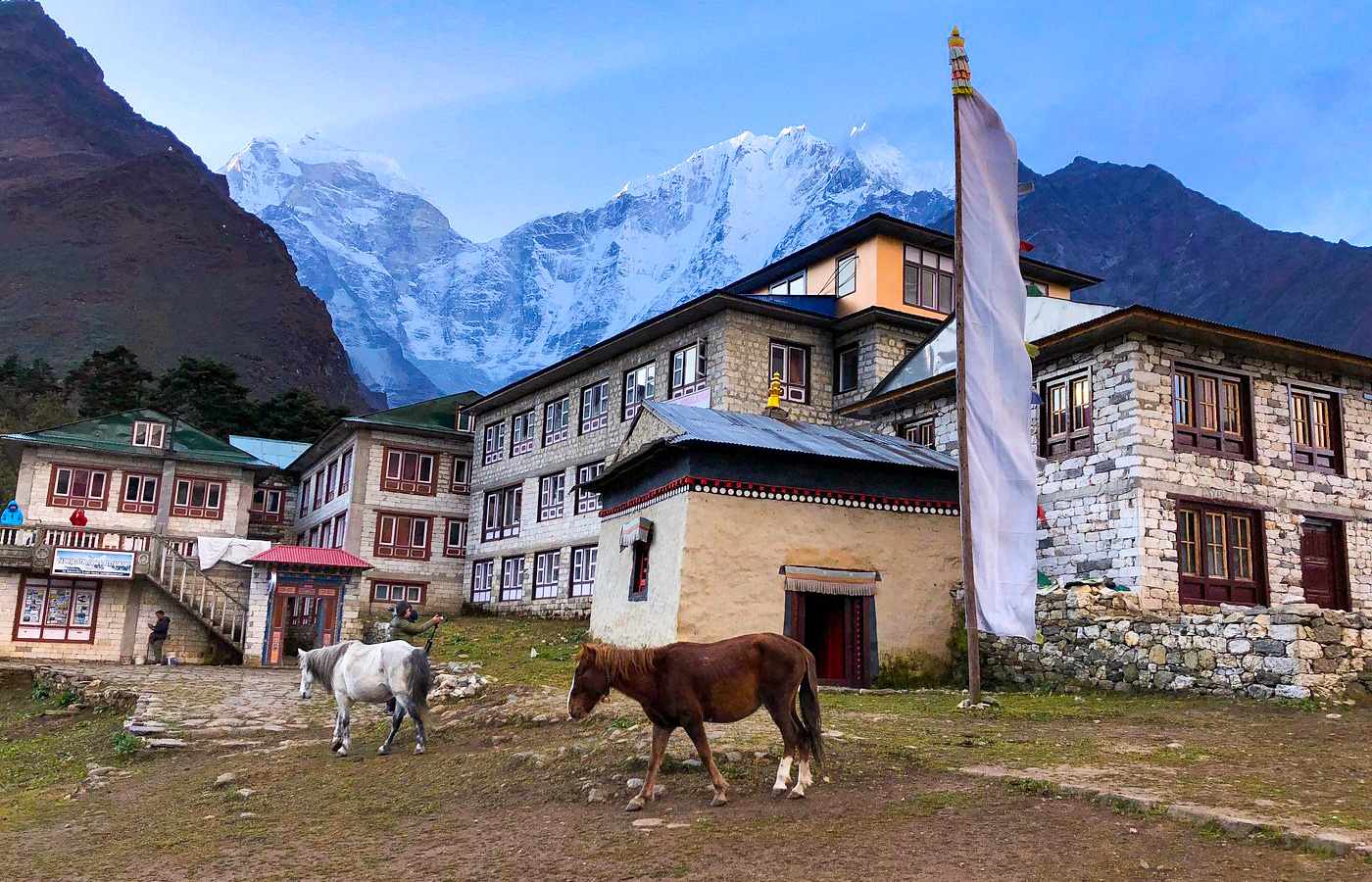
Tengboche is a popular Everest viewpoint and offers very simple but refined lodges in the village, as well as the Tengboche Gompa, the largest monastery in the area. If desired, one can have a breathtaking view of the mountains at the monastery and attend morning prayers.
There is not much variety when it comes to lodging in Tengboche as compared to Namche and Lukla. Accommodation provided in tea houses consists of simple lodgings with toilets and showers, sometimes basic rooms. Tourists have to pay for hot showers and device charging. Lodges offer a marginally higher standard of accommodation, and private spaces might be available.
Since there are few tea houses above Tengboche, it is better to arrange lodgings before your trek, particularly during the high season, which is October/November and April/March. Various hotels, lodges, and guesthouses are available for tourists, such as Tengboche Guesthouse, Deboche Lodge, Rivendell Lodge, Tashi Delek Lodge and Restaurant, and Hotel Himalaya. Current construction projects indicate that better options will be available in the future.
Accommodation in Dingboche
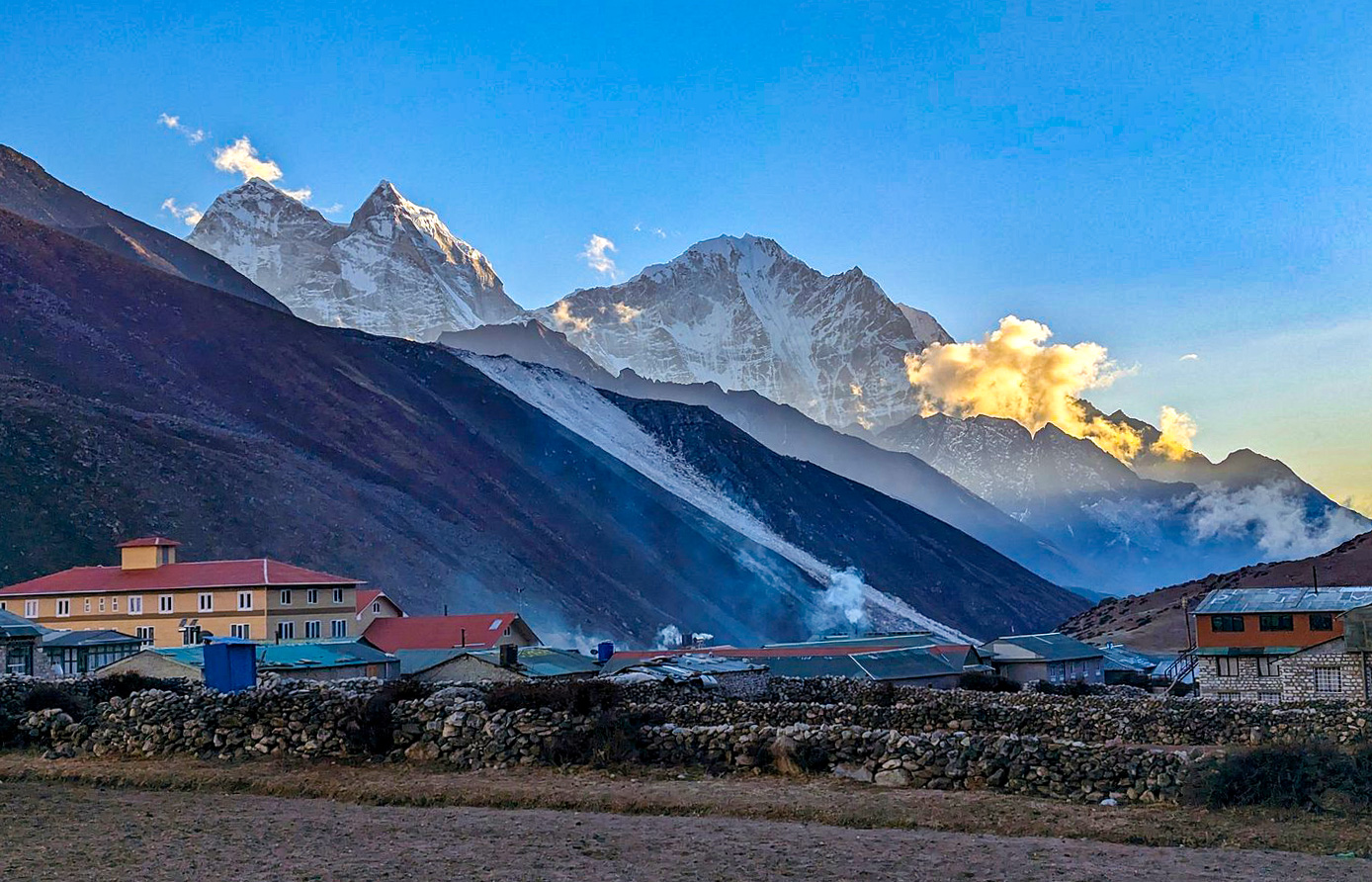
Dingboche is one of the critical altitude adjustment points for Everest Base Camp trekking. To acclimatize the hikers, trekkers usually enjoy two nights at this camp before continuing the trek. Because of the steep topography, there are few opportunities to lodge, and they are comparatively rudimentary above 4,000m.
The village has a population of around 200 people. Along with a few lodges for trekkers, there are some tea houses and a couple of shops for day-to-day basic necessities. Dingboche is located in the shadow of various top mountains on the EBC route that offer beautiful sights to behold, including Ama Dablam, Lhotse, and Makalu.
Extend the tea houses; in Dingboche, for instance, simple amenities are provided for trekkers. Many tea houses are equipped with shared bathrooms and showers, although recently built ones have private ones for which some fees can be charged for the hot shower, Wi-Fi connection, and charging the devices. It should be noted that teahouses can be packed to the rafters during the high seasons, so much so that the trekkers will have to share beds or sleep on the dining tables.
Expect simple accommodations in Dingboche, and take the opportunity to experience the Sherpa community's mountain lifestyle. Some teahouses and lodges in Dingboche include Hotel Tashi Delek, Snow Lion, Friendship Lodge, Dingboche Guest House, Good Day Lodge, and Hotel Country Side.
Accommodation in Lobuche
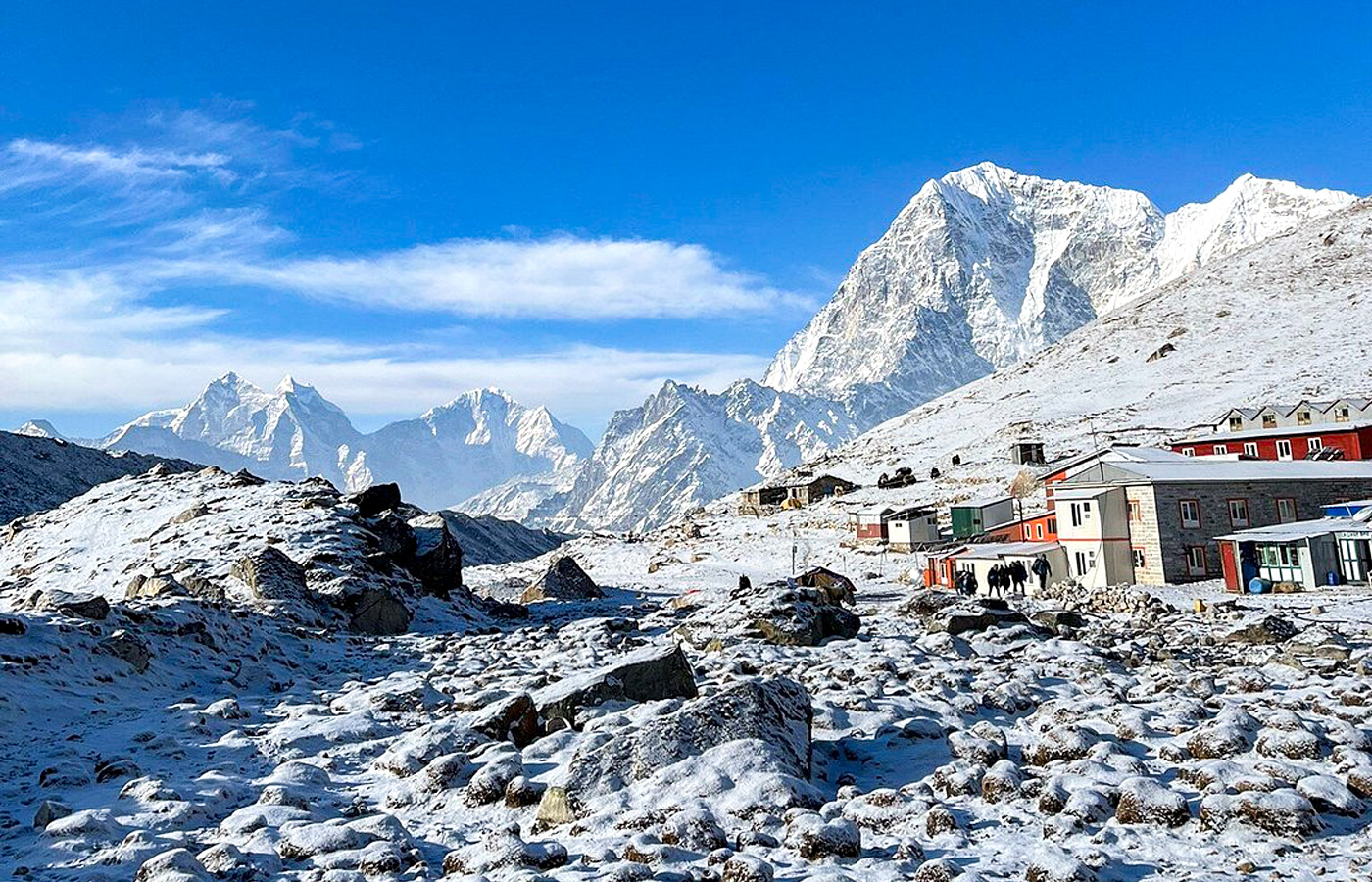
At an elevation of about 4,900 meters (16,080 ft), Lobuche is one of the last stops with permanent lodging on the classic Everest Base Camp trek route. Due to the high altitude and rugged mountain environment, accommodations are basic but provide the essentials.
Tea houses in Lobuche offer simple rooms, warm dining halls, and good food options. Most have private bedrooms with twin beds and a shared bathroom. The furniture is minimal, typically just a table and a dustbin, and many rooms may not have a cloth hanger. However, tea houses provide warm blankets and mattresses for a cozy sleep, though bringing a sleeping bag for extra warmth is highly recommended.
Given the restrictions in the national park, there are limited hotels in Lobuche, making it challenging to find a room without a booking during peak seasons. If no rooms are available, you might sleep in the dining area. Charging mobile devices and taking hot showers are costly, often with bucket showers as an option.
Some of Lobuche's best hotels and teahouses include Oxygen Altitude Home, New EBC Guest House, Eco Lodge, National Park Hotel and Restaurant, Mother Earth House, and the Himalayan Eco Resort.
Accommodation in Gorakshep

Gorakshep, 5164m (16943 ft), is the last place for trekking lodges on the Everest Base Camp trail. It is on a cold lake in the Khumbu region of Nepal. It is not a traditional village but a group of guest houses built especially for trekkers. This suggests that from this point to the EBC trail, travelers will find only camping sites coupled with simple lodges. It is also the last point to reach EBC and Kala Patthar.
Since Gorakshep is a small place that only provides shelter in several hotels, and some of them do not work during the low season, it is important to book a place in advance.
Hospitability in Gorakshep is quite limited, and the rooms available are simple in that they offer beds and shared toilets. Blankets and woolen bed sheets are supplied, but it would be advisable to make the preparation for the EBC trek and carry your sleeping bags as the rooms are extremely cold. At times, lack of space might force you to sit in the dining area, especially under the flow of many clients.
Charging facilities may be available in the dining halls, but the price for the service may be relatively high. Some of the hotels in Gorakshep include New EBC Guest House, Snow Land Highest, Himalayan Lodge, Yeti Lodge, and Buddha Lodge.
Accommodation in Pheriche
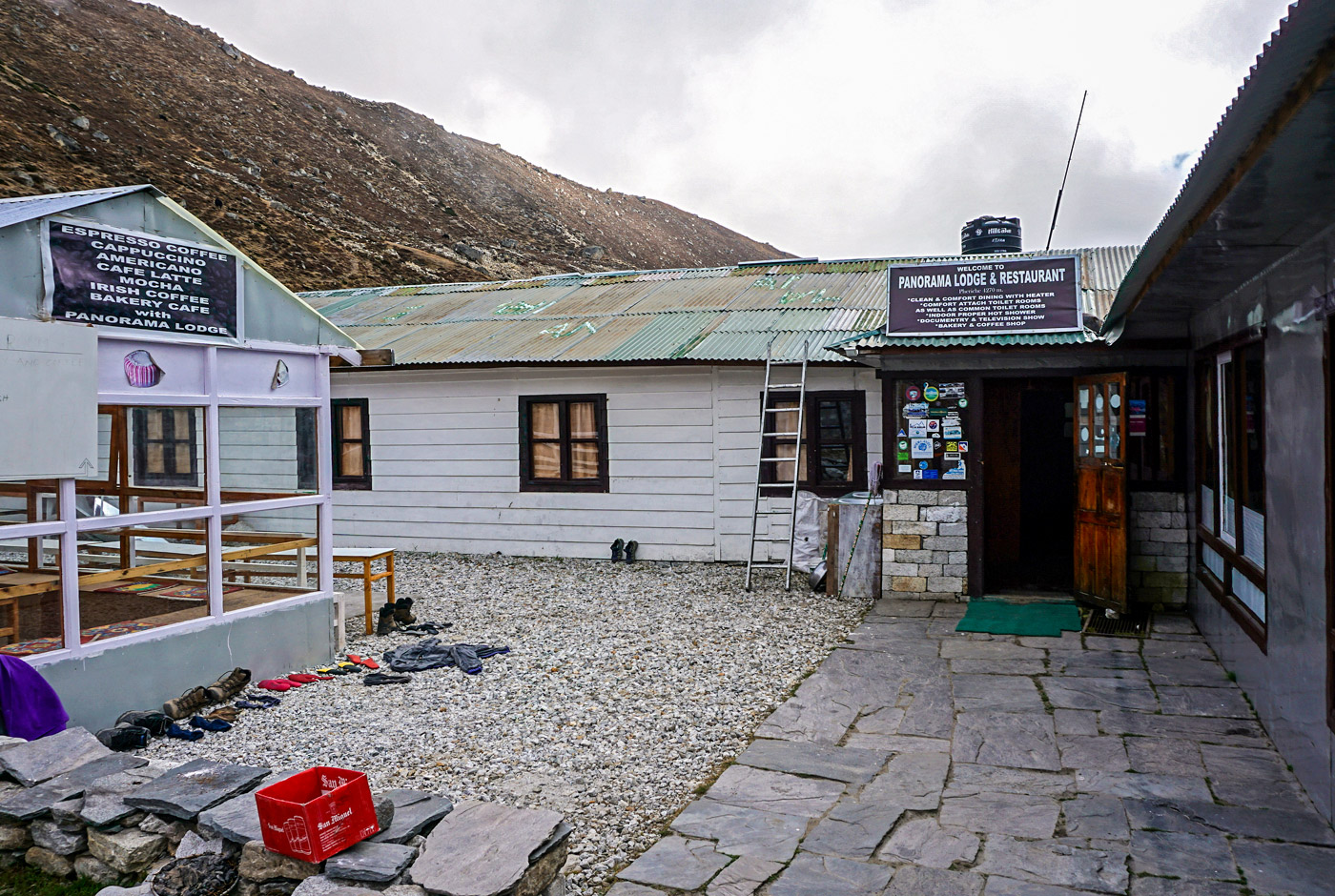
Pheriche offers a range of accommodation options for trekkers on the Everest Base Camp trek, unlike Gorakshep, which has only basic guesthouses. At Pheriche, you can find budget-friendly tea houses with shared facilities, mid-range lodges with some upgrades, and simple hotels with private bathrooms.
The accommodations cater to different needs and budgets, but it's important to prioritize functionality over luxury, as the main focus in Pheriche is on acclimatization. Booking in advance, especially during peak seasons, is recommended to secure your stay.
Some of the hotels in Pheriche are Everest Trekkers, Panorama Lodge, Himalayan Hotel, The Edelweiss, and Snow Land Lodge.
In Conclusion
Daydreaming about Everest Base Camp after reading about these cozy lodges? Trekking through those mountains is magic! Just remember, it's a big adventure. Pack smart, fuel your body, and don't be afraid to ask for help. The Nepal Hiking Team is here to guide you, and answer any questions, too. Happy trails! Namaste!!
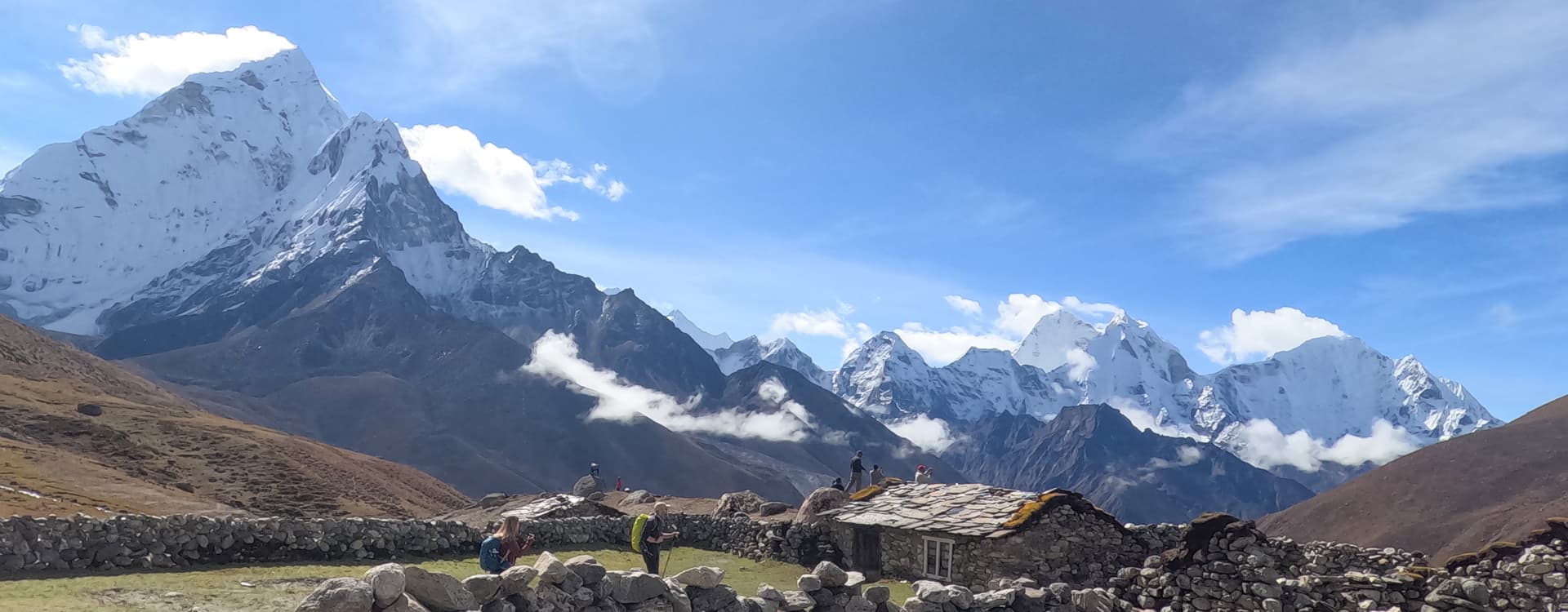
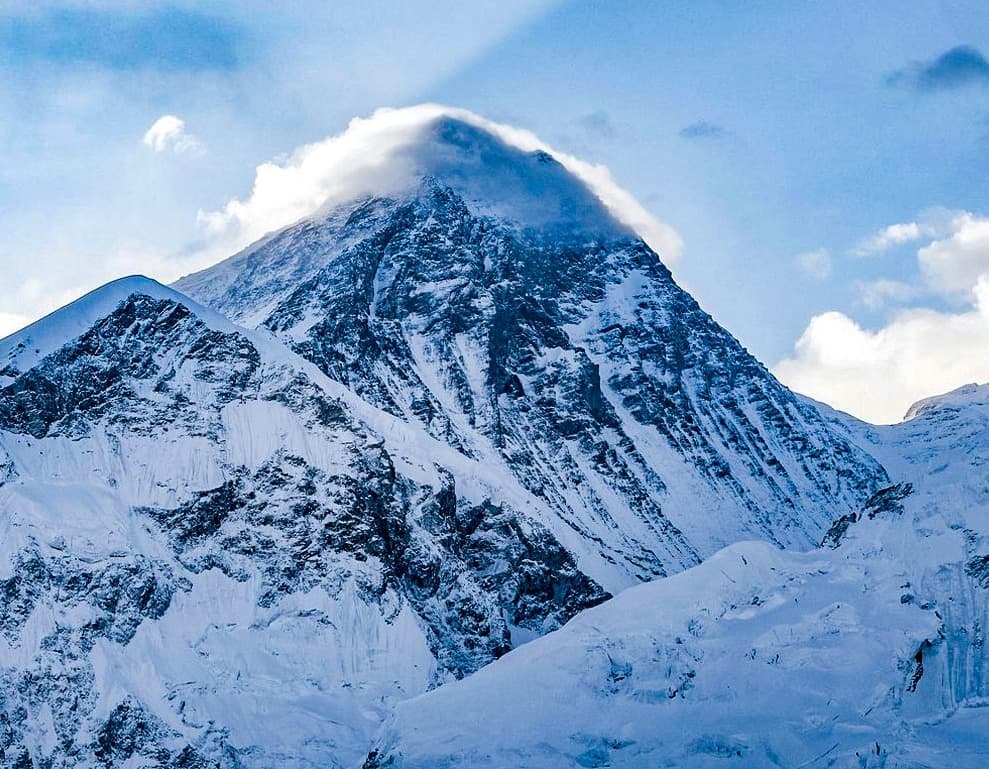

Post a Comment